The Ullard High Cross, believed to be from the 9th century, is part of a historical monastic site founded by St. Fiachra in the 7th century. The cross itself has been partly restored and now features three original granite fragments linked by modern concrete additions. It is situated behind the Ullard Church, near an enclosure resembling a handball alley.
Description of the Cross
The Ullard High Cross is comprised of three sections: the base, shaft, and head. The cross stands on a plain base measuring 100 centimeters by 80 centimeters at the sides and 96 centimeters in height. The middle section of the shaft shows a clear distinction in material, indicating a restoration with a darker stone.
Inscriptions and Iconography
East Face:
Base: The base features interlace patterns and spirals carved across several panels, enhancing the cross’s intricate design.
Shaft: The lower part of the shaft depicts six apostles. It is speculated that the other six apostles were likely represented on a now-missing section.
Head: The top of the shaft houses a depiction of Adam and Eve, symbolizing the Fall of Man. The central panel of the head showcases the Crucifixion scene, flanked by David playing the harp on the left and the Sacrifice of Isaac on the right. The top panel is subject to various interpretations, with suggestions including Cain slaying Abel and the Massacre of the Innocents.
West Face:
The west face is heavily weathered, making the carvings difficult to decipher. It is speculated that the imagery might relate to the lives of desert hermits like Paul and Anthony.
Comparative Analysis
The design and craftsmanship of the Ullard High Cross bear resemblances to other high crosses in the Barrow Valley group, such as those at Castledermot and Graiguenamanagh. These similarities are particularly evident in the closed ring atop the cross and the stylistic elements of the carvings.
Visitor Information
For the best viewing experience, visitors are advised to visit Ullard in the late afternoon or early evening to capture the best light conditions for observing the detailed carvings on the east face of the cross.
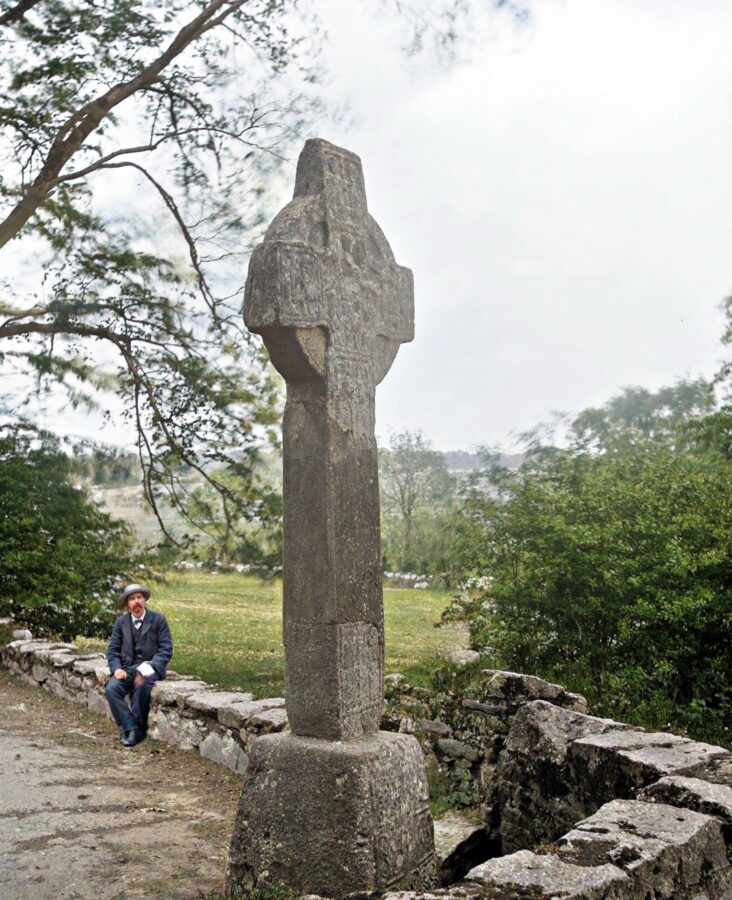


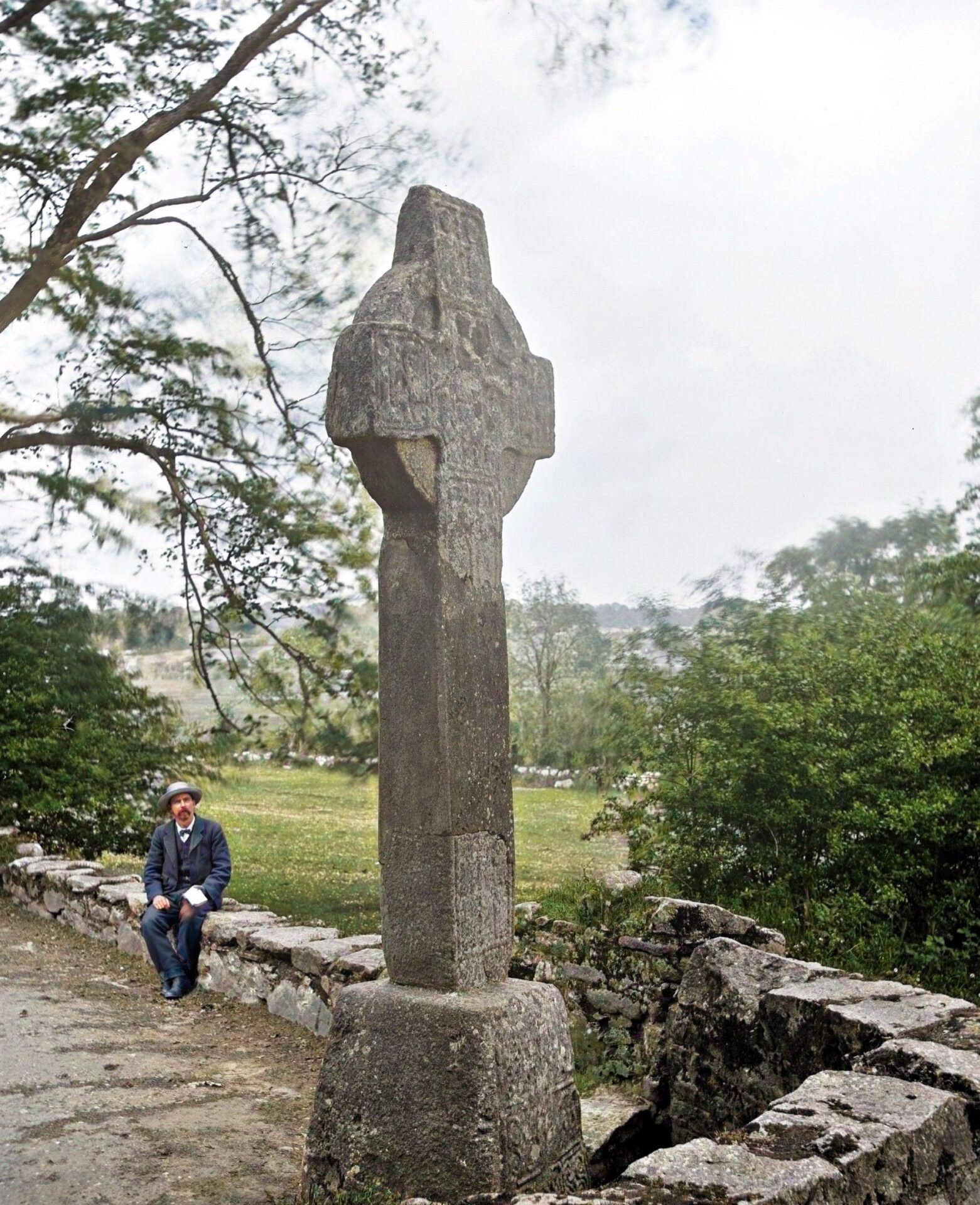
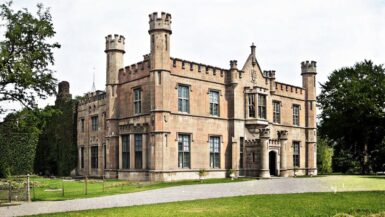
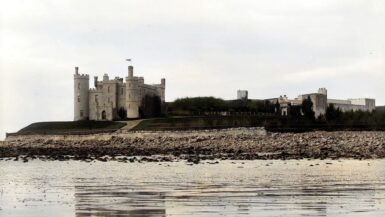
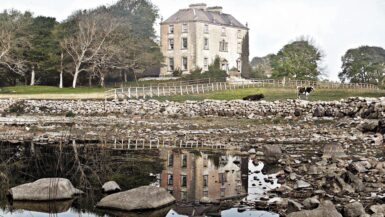
Leave a reply